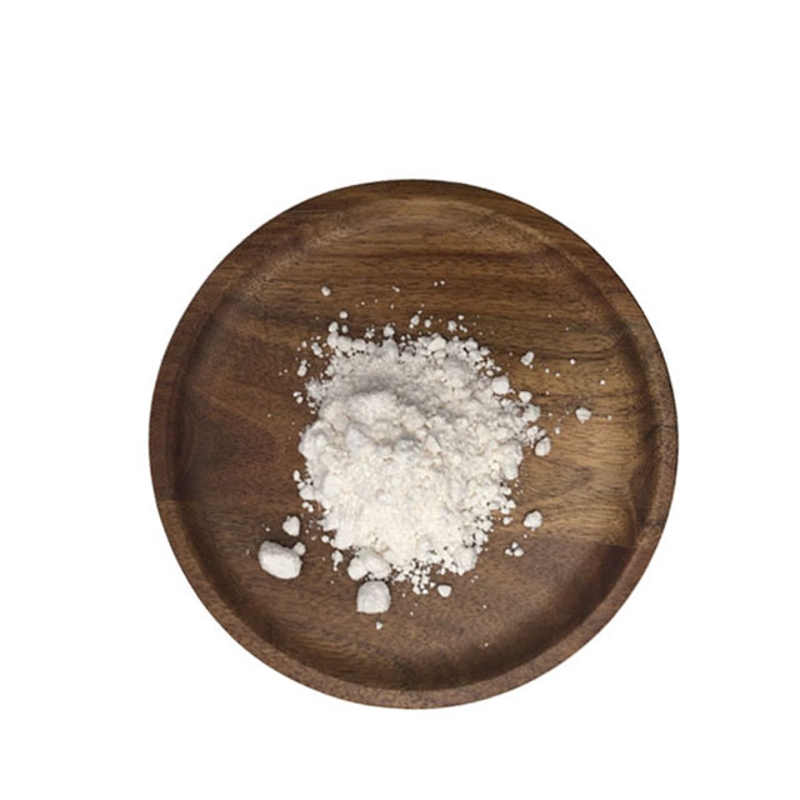-
Categories
-
Pharmaceutical Intermediates
-
Active Pharmaceutical Ingredients
-
Food Additives
- Industrial Coatings
- Agrochemicals
- Dyes and Pigments
- Surfactant
- Flavors and Fragrances
- Chemical Reagents
- Catalyst and Auxiliary
- Natural Products
- Inorganic Chemistry
-
Organic Chemistry
-
Biochemical Engineering
- Analytical Chemistry
- Cosmetic Ingredient
-
Pharmaceutical Intermediates
Promotion
ECHEMI Mall
Wholesale
Weekly Price
Exhibition
News
-
Trade Service
Recently, the Chinese Fishery Academy of Sciences Yellow Sea Fisheries Research Institute, shellfish genetic resources and breeding research team in the International Journal of Food Chemistry published online entitled "Identification and characterization of phosphoproteins in the striated and smooth adductor muscles of Yesso scallopPatinopecten yessoensis" research paper
.
The study reveals the scallops between the striated and smooth muscle phosphorylation of difference, to obtain striated muscle glycolysis related to specific phosphorylation sites, which not only helps to resolve marine shellfish muscle meat molecular mechanism of formation of quality, but also to speed up the scallops The genetic improvement of meat quality traits is of great significance
.
.
The study reveals the scallops between the striated and smooth muscle phosphorylation of difference, to obtain striated muscle glycolysis related to specific phosphorylation sites, which not only helps to resolve marine shellfish muscle meat molecular mechanism of formation of quality, but also to speed up the scallops The genetic improvement of meat quality traits is of great significance
.
To improve the meat production rate of aquatic economic animals, it is not only necessary to understand the muscle structure of animals, but also to deeply analyze the genetic basis and regulation mechanism of muscle quality formation
.
The scallop adductor muscle is hypertrophy, tender and nutrient-rich.
It is divided into two parts: striated muscle and smooth muscle.
The structure and function of the two are clearly differentiated
.
The research team used histological and ultrastructural observations to reveal the muscle fiber structural characteristics of striated muscle and smooth muscle in the adductor muscle of the scallop scallop, and ascertained the tenderness value, hardness value, cohesiveness, adhesiveness and chewiness of the two There are significant differences in meat quality such as resilience and resilience (see Figure 1).
Phosphorylated proteomic analysis revealed that 743 differentially phosphorylated proteins exist in striated muscle and smooth muscle (see Figure 2).
Protein interaction analysis further revealed that phosphorylation was mainly concentrated in Biological functions such as energy production, glycolysis, muscle composition, and transcription regulation have acquired multiple specific phosphorylation sites related to striated muscle glycolysis
.
The research results show that protein phosphorylation is involved in energy metabolism and muscle quality formation of scallops, laying a foundation for in-depth analysis of the molecular mechanism of marine shellfish muscle quality formation, and providing an important basis for scientific evaluation of scallop meat quality and research on meat quality improvement
.
.
The scallop adductor muscle is hypertrophy, tender and nutrient-rich.
It is divided into two parts: striated muscle and smooth muscle.
The structure and function of the two are clearly differentiated
.
The research team used histological and ultrastructural observations to reveal the muscle fiber structural characteristics of striated muscle and smooth muscle in the adductor muscle of the scallop scallop, and ascertained the tenderness value, hardness value, cohesiveness, adhesiveness and chewiness of the two There are significant differences in meat quality such as resilience and resilience (see Figure 1).
Phosphorylated proteomic analysis revealed that 743 differentially phosphorylated proteins exist in striated muscle and smooth muscle (see Figure 2).
Protein interaction analysis further revealed that phosphorylation was mainly concentrated in Biological functions such as energy production, glycolysis, muscle composition, and transcription regulation have acquired multiple specific phosphorylation sites related to striated muscle glycolysis
.
The research results show that protein phosphorylation is involved in energy metabolism and muscle quality formation of scallops, laying a foundation for in-depth analysis of the molecular mechanism of marine shellfish muscle quality formation, and providing an important basis for scientific evaluation of scallop meat quality and research on meat quality improvement
.
The first author of the paper is associate researcher Sun Xiujun, and the corresponding author is researcher Liu Zhihong.
The research was funded by the National Key Research and Development Program (2018YFD0900104) and other projects
.
The research was funded by the National Key Research and Development Program (2018YFD0900104) and other projects
.
Link to the paper: https://
.
.
Figure 1.
Meat quality analysis and comparison of striated muscle and smooth muscle in scallop adductor muscle
Meat quality analysis and comparison of striated muscle and smooth muscle in scallop adductor muscle
Figure 2.
Phosphorylation analysis process and identification results of scallop adductor muscle
Phosphorylation analysis process and identification results of scallop adductor muscle







